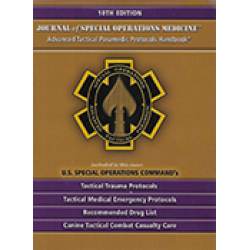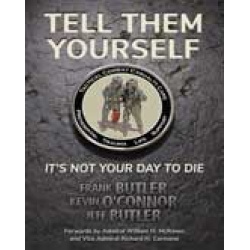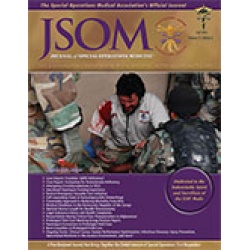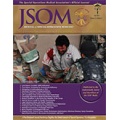Care of the Burn Casualty in the Prolonged Field Care Environment
Studer NM, Driscoll IR, Daly IM, Graybill JC 15(3). 86 - 93 (Journal Article)
Burns are frequently encountered on the modern battlefield, with 5% - 20% of combat casualties expected to sustain some burn injury. Addressing immediate lifethreatening conditions in accordance with the MARCH protocol (massive hemorrhage, airway, respirations, circulation, hypothermia/head injury) remains the top priority for burn casualties. Stopping the burning process, total burn surface area (TBSA) calculation, fluid resuscitation, covering the wounds, and hypothermia management are the next steps. If transport to definitive care is delayed and the prolonged field care stage is entered, the provider must be prepared to provide for the complex resuscitation and wound care needs of a critically ill burn casualty.


 Español
Español 




